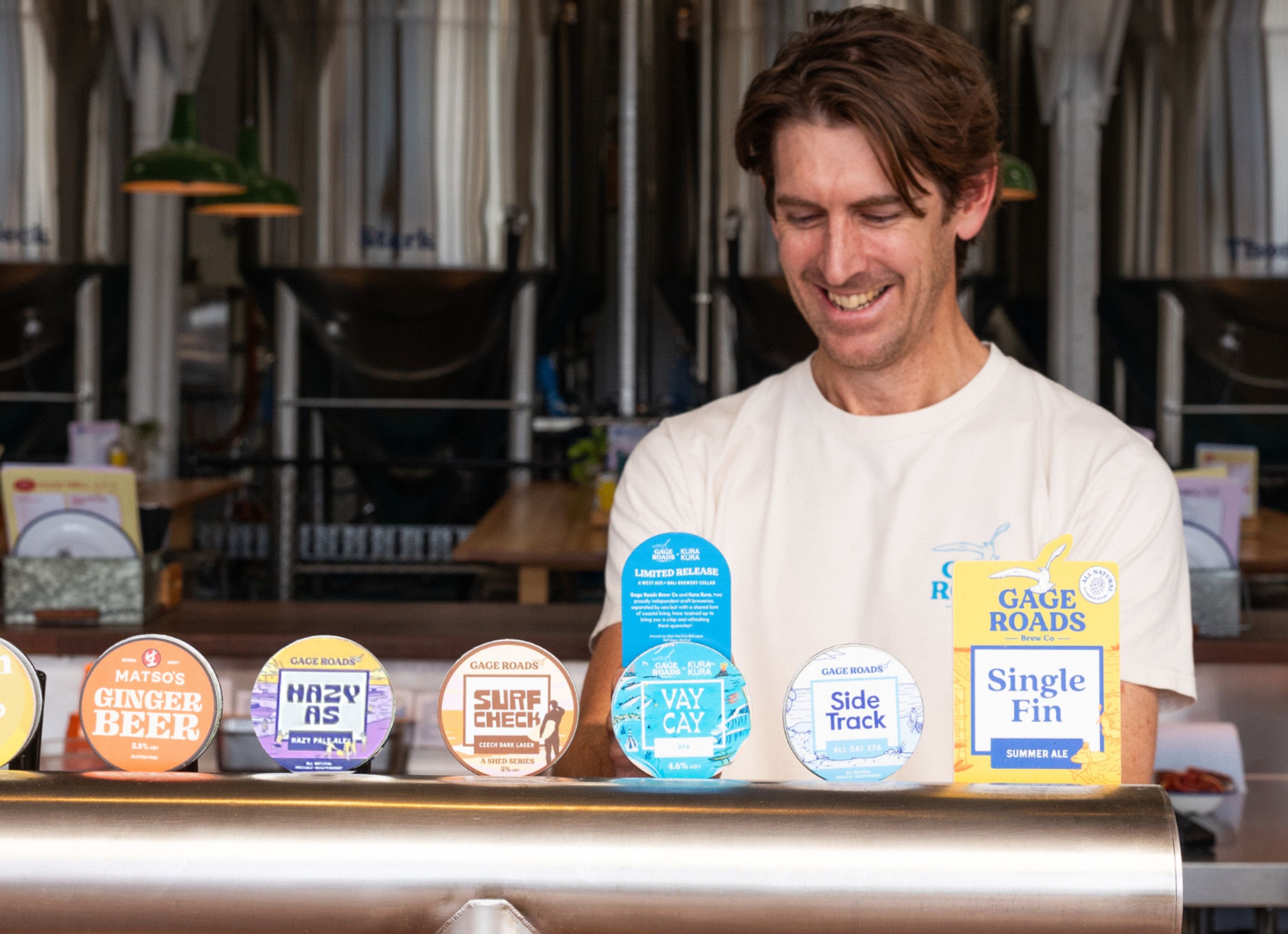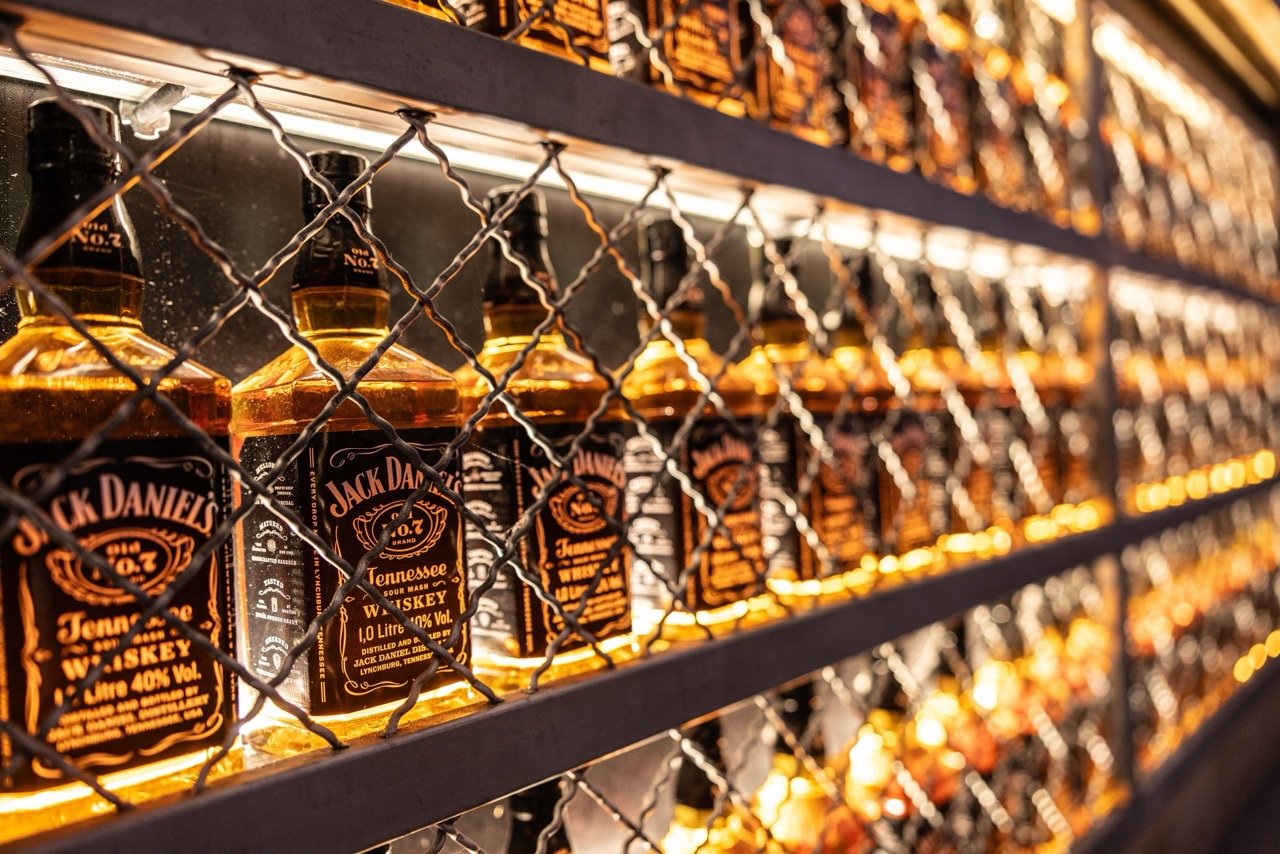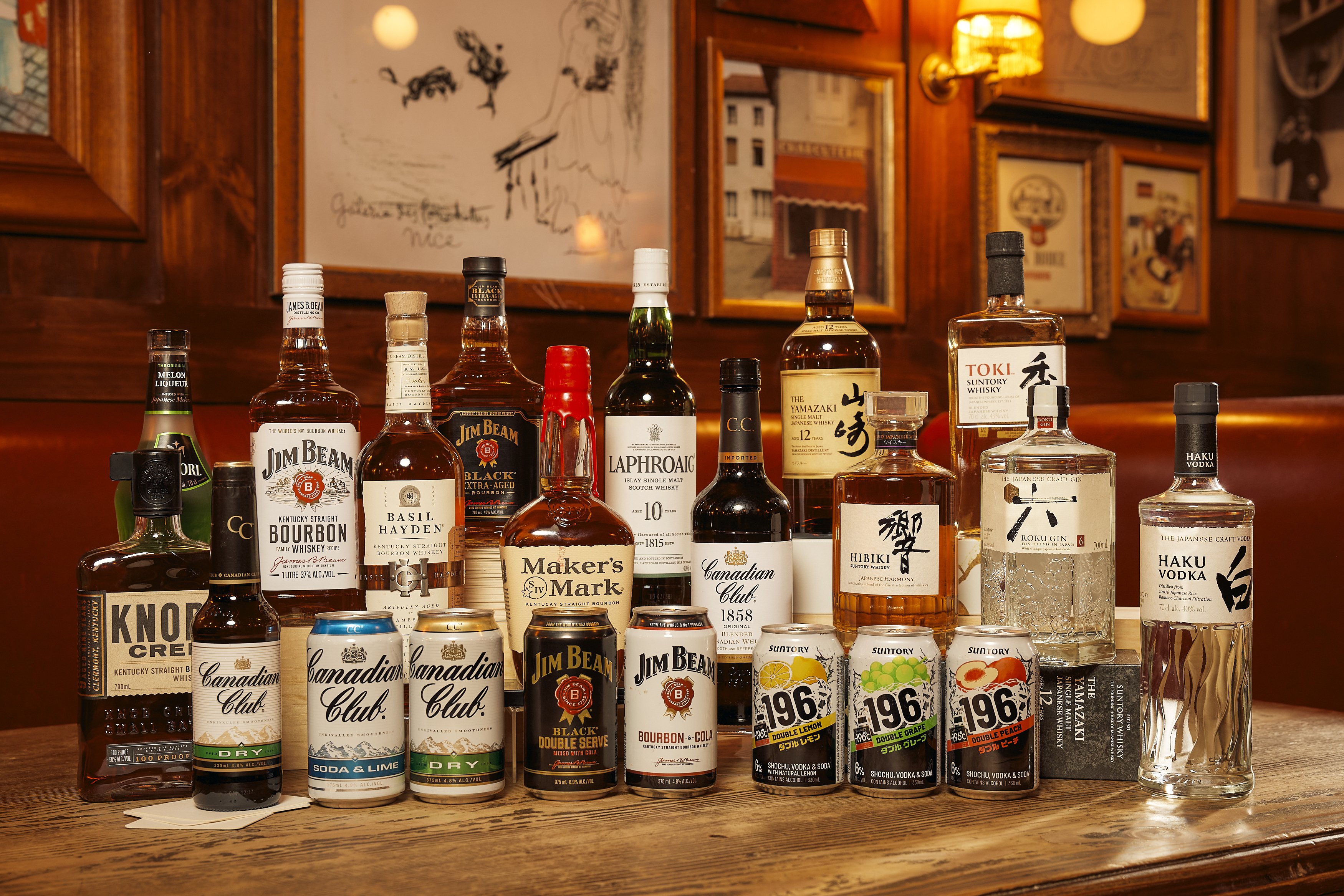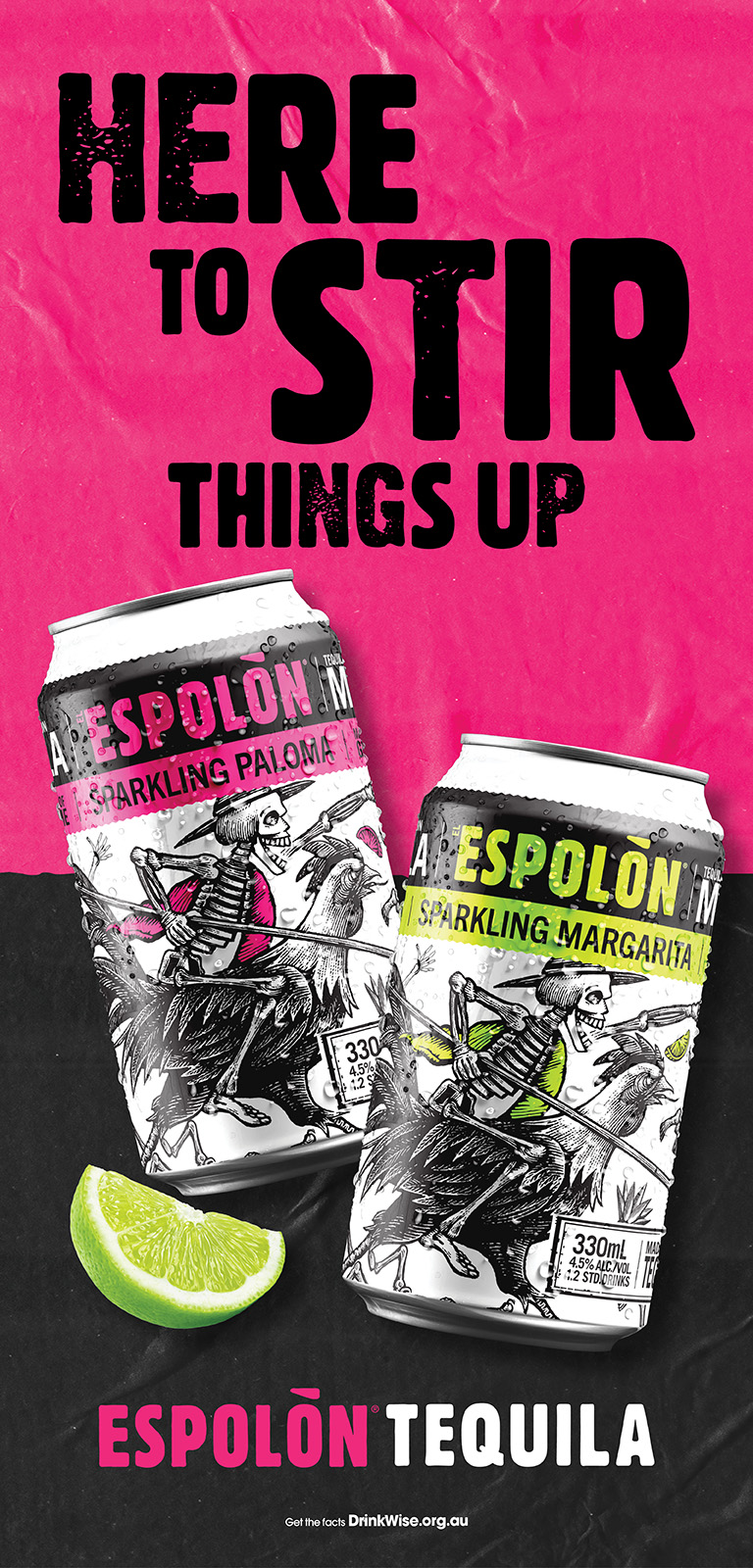IRI has warned the off-premise may be facing softer sales as a side effect of stockpiling, while spirits continue leading growth during the 'COVID quarter'.
Liquor sales were up 6% in the quarter to May 5, primarily propelled by spirits (+$113million), as well as beer (+$78million) and wine
(+$52million).
Gin and vodka were the best performers during the 'COVID quarter' period. Dollar growth change and share of total glass spirits growth for gin was +33% and +28% respectively; with vodka up 9% and 15% respectively.
Red varietals fuelled wine growth, with pinot noir leading the pack, up 14% and 32%. shiraz was up 4% and 17%, while cabernet sauvignon was up 1% and 19%. Sparkling wine was up 2.4% and 17% respectively.
In a timely move, TWE announced the release of Squealing Pig Pinot Noir Gin this week, which combines the two hottest sub-categories in alcohol.
Increasing culture of moderation
IRI's FMCG in the 'COVID Quarter' report noted that only around 4-5% of Australians have increased liquor consumption.
"This suggests at-home stocks are high and that a softer period lies ahead in spite of a restricted on-premise trade," IRI said.
"Marginal year-on-year volume growth, even in spite of recent stockpiling, reflects the broader influences of moderation and abstention on overall drinking culture.
"Much of the quarterly sales uplift was accounted for by a concentrated surge in stockpiling during the week Australians were concerned bottleshop closures were imminent."
IRI predicted overall liquor sales will also be impeded by social gathering angst.
"Lower tempo drinking occasions involving immediate family and friends are most likely to resume with some normality/regularity," IRI said. "Products suited to low tempo drinking should take priority in portfolio management and support."
The overwhelming majority of Australians still deem social distancing and hand hygiene as being ‘very important’.
IRI stats show that 90% believe its important to wash hands regularly; 86% favour avoiding social gatherings/work/public when sick; 84% follow government guidelines on the size of social gatherings; and 82% wish to ensure social distancing in public spaces/parks.
Eating in becomes the new eating out
Even when restaurants and cafes fully reopen, IRI has predicted Australians will be likely to eat out less for both health and wealth reasons.
It said supermarkets were well positioned for ongoing growth as consumers adopt a cautious mindset to returning to pre-COVID lifestyle choices.
"Suppliers with a high proportion of sales in the out-of-home channel must consider alternative routes to market to recoup likely losses," IRI advised.
It also noted that Australia has bucked the global trend for fewer, larger shopping trips.
When compared to the unprecedented prior period in March, IRI’s key shopper measures were notably down (including shop visits).
"Given that we are still going into stores with high regularity, it suggests Australian shoppers are still in a position to be influenced by promotions,
and retain a sense of a discovery mindset in store," IRI said.
"This suggests Australia differs from other developed markets, where shoppers want to 'load up and get out'."
Basket size and frequency of trips growth exceeded +5% in April in Australia. Transactions and spend stabilised as consumers settled in for the long haul and started to develop a pattern of behaviour of elevated at-home consumption.
Metcash was the standout performer as shoppers embraced ‘proximity shopping’ . IRI Total Till Receipt in the quarter to April 28 showed Metcash was up 28%, compared to Coles and Woolworths at +11%.
IRI recorded accelerating grocery sales growth amid the slight easing of restrictions in some states and territories.
The overall four-weekly period performance in April, up 7%, represented an "impressive uplift given that more than 40% shoppers who stockpiled already had excess product on hand and would not have needed to purchase it again for the foreseeable future".
"It is an indication of certain category’s volume gains being ‘genuine’ category expansion derived from changes in consumer lifestyles – most notably the associated rise usage occasions occurring at home," IRI said.
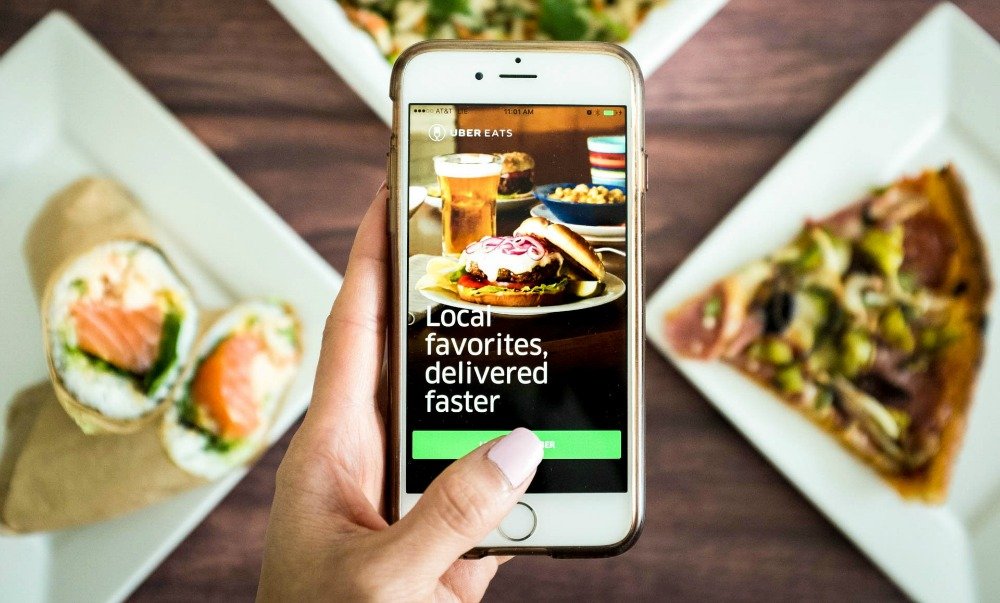
Other IRI research in April revealed 10% of its shopper panellists reported “ordering more restaurant take-away/delivery meals”, rising to 12% in the second wave of research in May."
Click here to view IRI’s CPG and Retail Insights to Manage the Impact of COVID-19
Share the content





